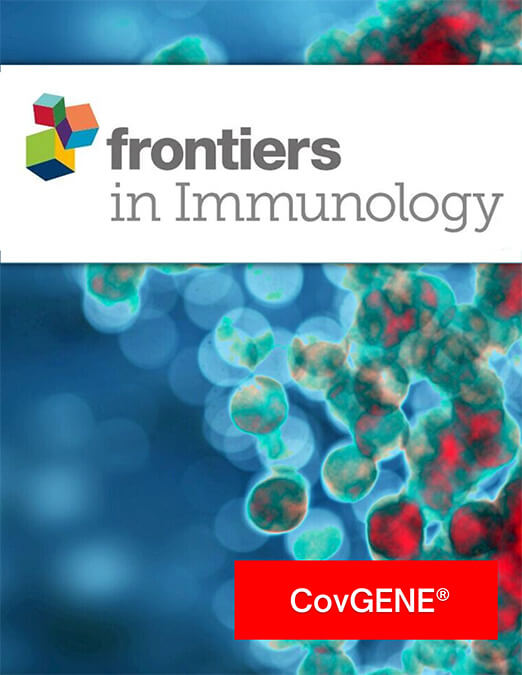摘要
目的:高级糖化终产物(AGEs)是糖尿病肾病(DKD)的关键介质。然而,它们在预后方面的作用仍未得到充分探索。本研究引入了校正 lgAGEs(根据血清白蛋白(ALB)水平调整对数变换 AGEs(lgAGEs)水平而得出的新型生物标志物),以加强对 2 型糖尿病肾病(T2DKD)患者不良肾脏预后的预测:在这项前瞻性队列研究中,对196名T2DKD患者进行了纵向随访。对血清AGEs水平进行对数转换,并根据ALB进行调整,以计算校正后的lgAGEs。根据校正 lgAGEs 的中位数将参与者分为高水平组和低水平组。采用 Cox 比例危险模型评估校正 lgAGEs 与肾脏预后之间的关系。利用受试者操作特征曲线(ROC)评估校正后 lgAGEs 单独或与尿白蛋白肌酐比值(UACR)组合的预测性能:结果:高水平的校正 lgAGEs 与不良肾脏预后密切相关[危险比 (HR),3.252;95% 置信区间 (CI),1.461-7.243;P = 0.003]。Kaplan-Meier 分析显示,与低水平组(50 个月)相比,高水平组患者的中位生存时间(12 个月)明显较短。ROC分析显示,单独使用UACR的曲线下面积(AUC)为0.782(95% CI,0.705-0.858),敏感性为82.8%,特异性为61.5%。校正 lgAGEs 的 AUC 为 0.725(95% CI,0.637-0.814),灵敏度为 69.0%,特异度为 76.9%。将 UACR 和校正 lgAGEs 结合使用可将特异性提高到 75.6%,AUC 为 0.764(95% CI,0.682-0.847),同时保持 70.7% 的灵敏度:结论:校正 lgAGEs 是预测 T2DKD 肾脏不良预后的新型独立生物标志物。将 UACR 与校正 lgAGEs 结合使用可提高特异性,从而加强风险分层,突出了其在早期识别高危患者方面的潜在应用。未来的研究应在更广泛的人群中验证这些发现。Aim: Advanced glycation end products (AGEs) are pivotal mediators in diabetic kidney disease (DKD). However, their prognostic utility remains underexplored. This study introduced corrected lgAGEs [novel biomarker derived by adjusting logarithmically transformed AGEs (lgAGEs) levels based on serum albumin (ALB) levels] to enhance the prediction of adverse renal outcomes in patients with type 2 DKD (T2DKD).
Methods: In this prospective cohort study, 196 T2DKD patients were followed up longitudinally. Serum AGEs levels were log-transformed and adjusted for ALB to calculate corrected lgAGEs. Participants were stratified into the high- and low-level groups based on the median corrected lgAGEs. The association between corrected lgAGEs and renal outcomes was assessed using Cox proportional hazards models. Receiver operating characteristic (ROC) curve was utilized to evaluate the predictive performance of corrected lgAGEs alone and in combination with the urinary albumin-to-creatinine ratio (UACR).
Results: High level of corrected lgAGEs was independently associated with adverse renal outcomes [hazard ratio (HR), 3.252; 95% confidence interval (CI), 1.461-7.243; p = 0.003]. Kaplan-Meier analysis demonstrated that patients in the high-level group (12 months) exhibited significantly shorter median survival times compared with those in the low-level group (50 months). ROC analysis showed that UACR alone had an area under the curve (AUC) of 0.782 (95% CI, 0.705-0.858), with 82.8% sensitivity and 61.5% specificity. Corrected lgAGEs achieved an AUC of 0.725 (95% CI, 0.637-0.814), with 69.0% sensitivity and 76.9% specificity. Combining UACR and corrected lgAGEs improved the specificity to 75.6%, with an AUC of 0.764 (95% CI, 0.682-0.847), while maintaining a sensitivity of 70.7%.
Conclusion: Corrected lgAGEs are novel and independent biomarkers for predicting adverse renal outcomes in T2DKD. Combining UACR with corrected lgAGEs could enhance risk stratification by improving the specificity, highlighting its potential application in early identification of high-risk patients. These findings should be validated in broader populations in future research.

 求助内容:
求助内容: 应助结果提醒方式:
应助结果提醒方式:


